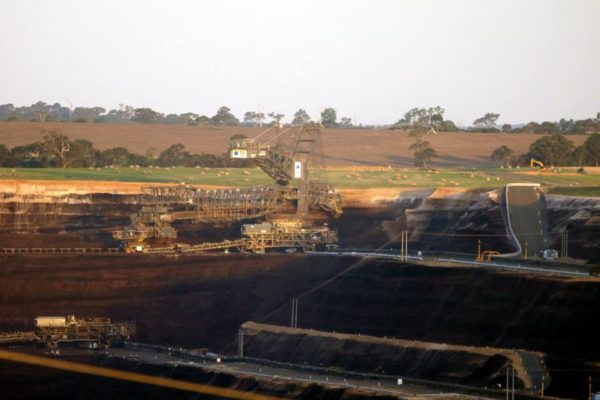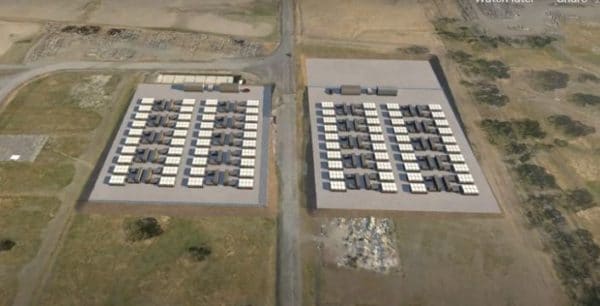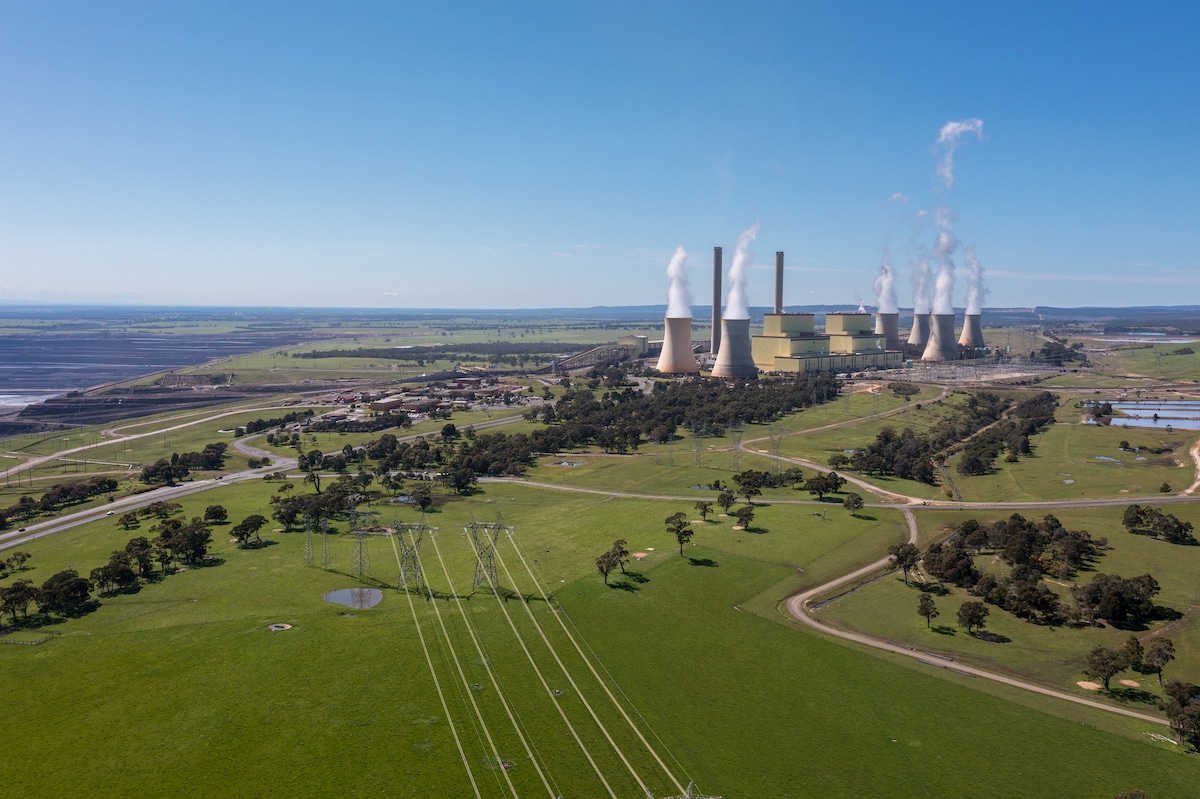Australian energy major AGL on Thursday announced it had brought forward the closure date of its 2,210 MW coal-fired Loy Yang A power station in Victoria from 2045 to 2035 as part of plans to shut down all coal-fired generation by that year as it fast tracks its transition to renewables.
In an announcement to the Australian Stock Exchange, AGL said the Loy Yang A power station would be shuttered by 2035 at the latest, 10 years earlier than planned. The company also confirmed its black coal-fired Bayswater power station in the New South Wales Hunter Valley is to close down between 2030 and 2033. The coal-fired Liddell power plant, also in the Hunter, remains on track to close in April 2023.
“This represents one of the most significant decarbonisation initiatives in Australia,” AGL chair Patricia McKenzie said. “Today we have set a new direction for AGL. Our decarbonisation and energy investment strategy sets a clear pathway for the company’s future and its leading role in Australia’s energy transition.
“AGL is committing to an ambitious but achievable strategy to deliver a responsible and accelerated low-carbon future. We are aiming to reshape our energy portfolio into a cleaner and more flexible one, transitioning away from coal and focusing on new renewable and firming capacity.”
AGL said it plans to invest up to $20 billion by 2036 in new renewable and energy storage assets, funded by assets on the balance sheet, offtake agreements and partnerships.
It aims to have up to 12 GW of new generation and firming capacity in place before 2036. This includes an interim target to have up to 5 GW of new renewables and firming in place by the end of the decade.
“AGL’s future portfolio will be ‘demand driven’, meaning we will focus on capacity that responds to what our customers need – with the majority of new supply anticipated to be from wind and storage, including batteries,” AGL’s incoming Interim chief executive Damien Nicks said.
“As part of this ambition, we’ve set an interim target of 5 GW of new renewables and firming in place by 2030, expanding upon our 3.2 GW pipeline of high-quality projects to meet our growth ambitions. We will also continue our plans to leverage our existing sites to create low emissions integrated industrial energy hubs.”

Image: Facebook
The announcement comes days after the Victorian government unveiled plans to add more renewable energy storage capacity to the power system. Under the targets, Victoria would reach 2.6 GW of renewable energy storage capacity by 2030 and 6.3 GW by 2035 – enough to power about half of Victoria’s current homes at their peak energy usage.
The Queensland government has also announced it plans to end its reliance on coal-fired power by 2035 as part of a 10-year $62 billion energy strategy that hinges on new solar, wind and pumped hydro power.
Climate Council representative Greg Bourne said AGL’s decision reinforces that coal is no longer a commercially viable industry.
“This is a commercial and strategic decision,” he said. “Coal is unable to compete on cost with renewable energy, it is also inflexible, ageing, unreliable and inefficient.
“In Australia, and globally, renewables backed by storage deliver the cheapest power, and do so without the greenhouse emissions coal and gas produce.”
Bourne also said the announcement is proof that “coal power station closures are going to happen sooner and more frequently than companies are currently formally committed to”.
The former BP Australasia president warned that governments need to take charge of the transition both to ensure all communities are supported through it, and that we know exactly what alternative, clean energy supplies we need and when.”

An artist’s impression of the 200 MW battery AGL plans to build at the Loy Yang power station.Currently, AGL has 3.2 GW of new renewables and firming capacity in the pipeline and under construction, including a 200 MW, four-hour duration grid-scale battery to be built at the Loy Yang Power Station site.
The company also has plans to build a 500 MW grid-connected battery at its Liddell power station, along with utility-scale batteries at Broken Hill (50 MW) in New South Wales and Torrens Island (250 MW) in South Australia. It has announced support for battery projects at Wandoan (100 MW) in Queensland and Maoneng (4 x 50 MW) in NSW and is already operating the 30 MW/ 8 MWh BESS at Dalrymple in South Australia.
It is also pursuing the 250 MW Muswellbrook Pumped Hydro project in the NSW Hunter Valley. The proposed project, being developed by AGL in collaboration with Idemitsu Australia, will see an existing coal mine void transformed into a 250 MW pumped hydro site with eight hours of storage capacity.
This content is protected by copyright and may not be reused. If you want to cooperate with us and would like to reuse some of our content, please contact: editors@pv-magazine.com.









2 comments
By submitting this form you agree to pv magazine using your data for the purposes of publishing your comment.
Your personal data will only be disclosed or otherwise transmitted to third parties for the purposes of spam filtering or if this is necessary for technical maintenance of the website. Any other transfer to third parties will not take place unless this is justified on the basis of applicable data protection regulations or if pv magazine is legally obliged to do so.
You may revoke this consent at any time with effect for the future, in which case your personal data will be deleted immediately. Otherwise, your data will be deleted if pv magazine has processed your request or the purpose of data storage is fulfilled.
Further information on data privacy can be found in our Data Protection Policy.